July 2011 saw a European deal to supposedly save the Greek economy, poor second quarter UK growth figures, and plans by trainmaker Bombardier to cut half its workforce.
It was also the last time the FTSE 100 index of leading shares was trading above the 6000 level. Until now that is.
The leading index has celebrated the first day of 2013 by soaring nearly 2%, up more than 100 points to 6005.70 after the resolution of the US fiscal cliff concerns at the turn of the year. This is the first time the UK's leading index has started with a 6 since 8 July 2011.
Investors have had a rocky ride between the two market peaks, with the eurozone crisis dominating the agenda, along with fears about a severe downturn in the global economy, from the UK to the US and China.
Signs of progress in solving the financial crisis surrounding the likes of Greece, Spain and Italy pulled markets back from their lowest levels, with the FTSE 100 close to reaching the magic 6000 figure in the middle of March 2012 as Greece received approval for a €130bn (£107bn) bailout programme.
But it was not to last, as it became clear Greece needed yet more cash, Spain was pushed by many commentators to accept a bailout which it has so far resisted and political turmoil began to engulf Italy. There were also growing protests on the streets of eurozone countries, as people became increasingly angry about the austerity measures being imposed on them.
On top of that, all the signs from China were that it needed to take action to lift its struggling economy. The mining sector, a key component of the London market these days, was buffeted by any news from China, since the country is now one of the world's major consumers of commodities.
But since early November last year, the market has seen a steady recovery amid growing hopes that the eurozone crisis has eased, with Greece receiving yet another tranche of bailout money and persuading enough of its bondholders to take losses on their investments.
A bond buying programme announced by the European Central Bank – the OMT – also helped ease some of the eurozone's financial strains.
Towards the end of the year the new worry became the US fiscal cliff – the series of spending cuts and tax rises due to come into force early in 2013, which have caused conflict between the two major political parties. Even here, investors grew increasingly confident a resolution would be found before the worst happened and the US was pushed back into recession. That confidence was rewarded by a last-minute deal as 2012 turned into 2013.
But there are still uncertainties. The US deal has merely given politicians a two month breathing space to resolve the US's financial problems. In Europe there are continuing tensions, with Italy facing a political upheaval after technocrat prime minister Mario Monti announced he was stepping down and the prospect emerged of his predecessor Silvio Berlusconi returning to the helm at next year's elections. If Monti is no longer involved, investors are nervous that Italy may not stick to its agreed budgetary targets.
There is also a feeling that the eurozone crisis may have abated, but has not been resolved. Raoul Ruparel, head of economic research at thinktank Open Europe, said: "The fundamental flaws in the structure of the eurozone remain, and progress towards solving them is likely to continue to be slow. [In 2013] Italy, Spain and France face funding costs of €332bn, €195bn and €243bn respectively, which will keep markets on edge."
Despite this latest milestone the leading index is some way off its all time closing high of 6950, reached at the height of the dotcom boom on 30 December 1999.
But will it continue? Apart from the eurozone crisis the other clouds on the horizon include US debt worries and continuing tensions in the Middle East. There are optimists – including Citigroup who said in March 2012 that the FTSE 100 could double in a decade. In the shorter term, the bank is sticking with its forecast that the leading index will reach 6200 at the end of 2013 and 6750 in December 2014.
But the volatility that investors have become used to is likely to continue, suggesting that the index may breach the 6000 barrier – both ways – a few more times yet.

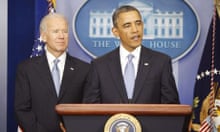
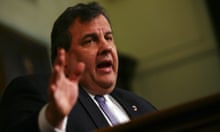
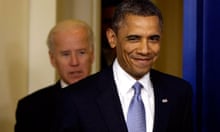


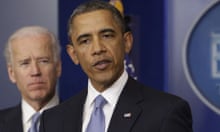
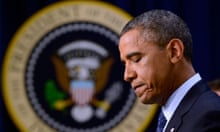

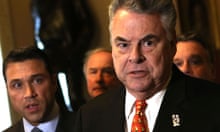
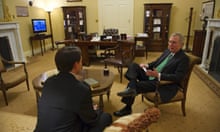
Comments (…)
Sign in or create your Guardian account to join the discussion